549 calories
Serving Size 1.5 cup (about 129 g)
There is no photo available for this food item however it should be similar in terms of nutritional content and calorie density as the following items. You can use these for references.
(83% similar)
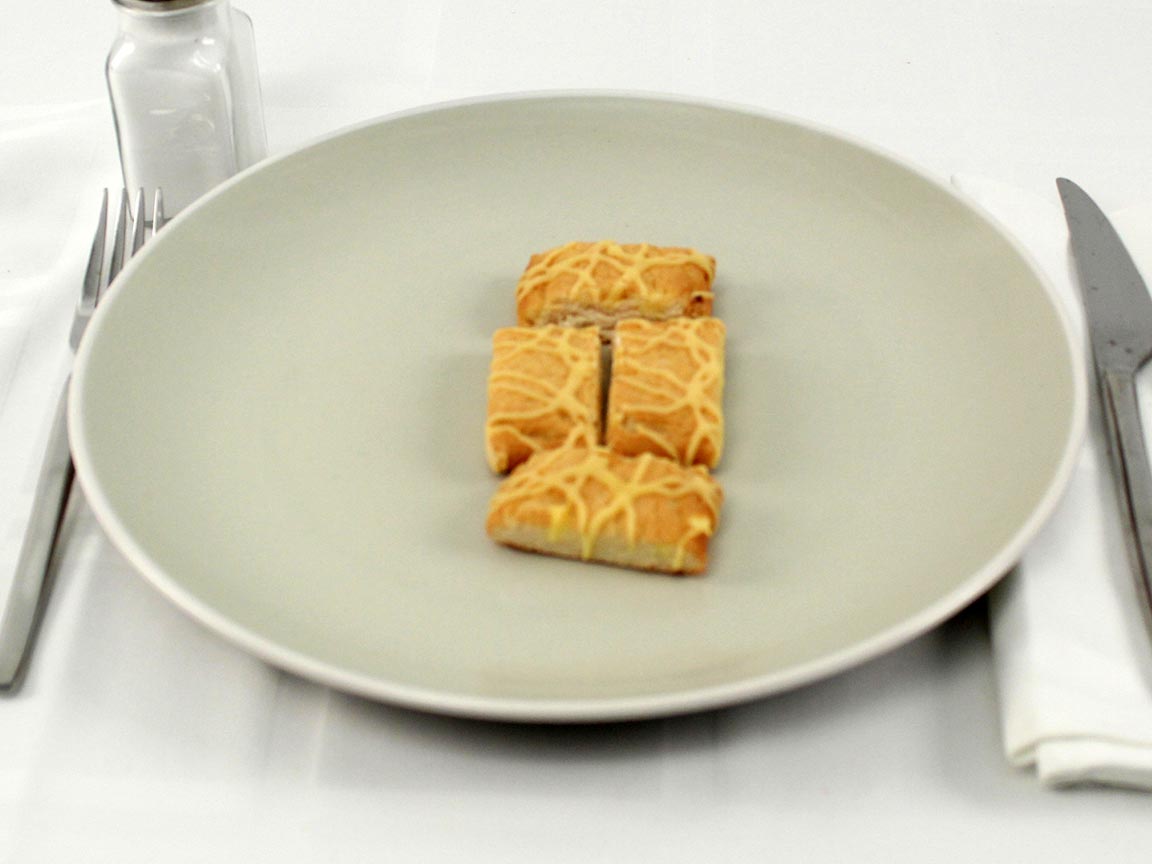
Fiber One Lemon Bars 70
(78% similar)
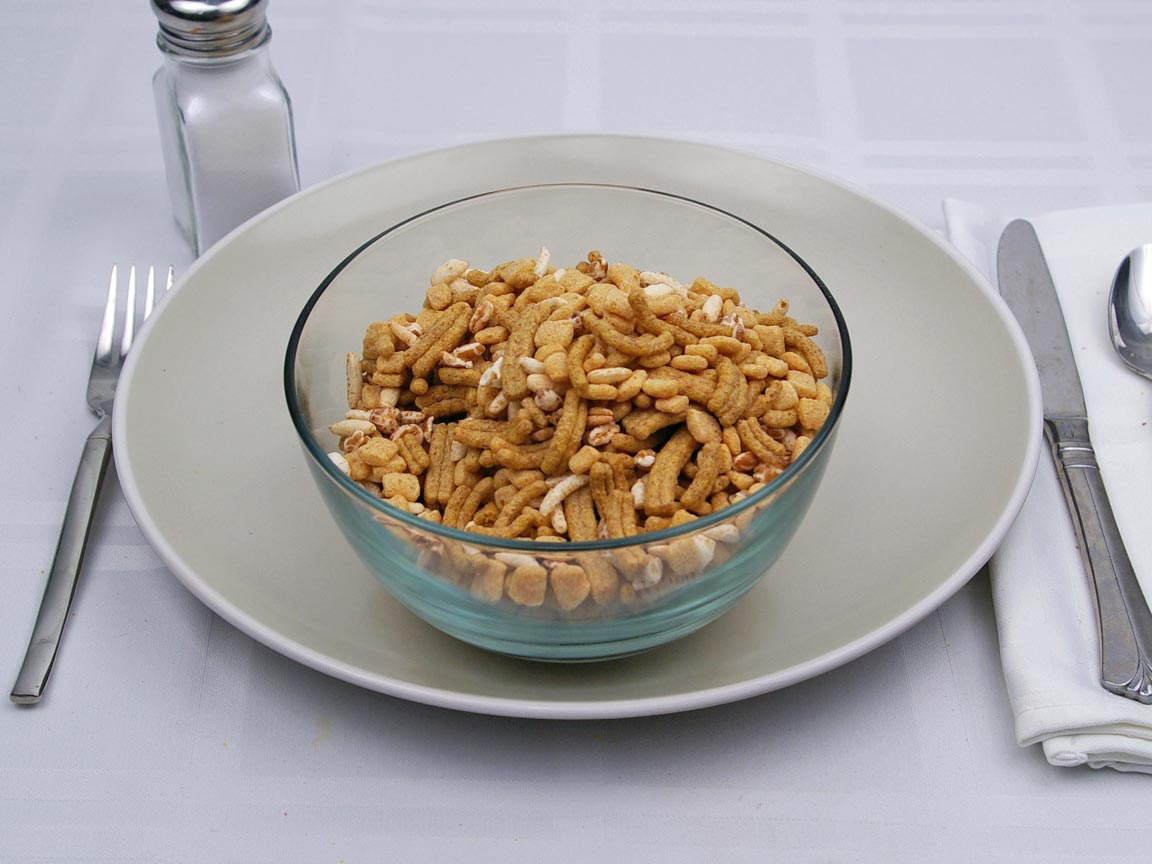
Kashi Go Lean Cereal
(75% similar)
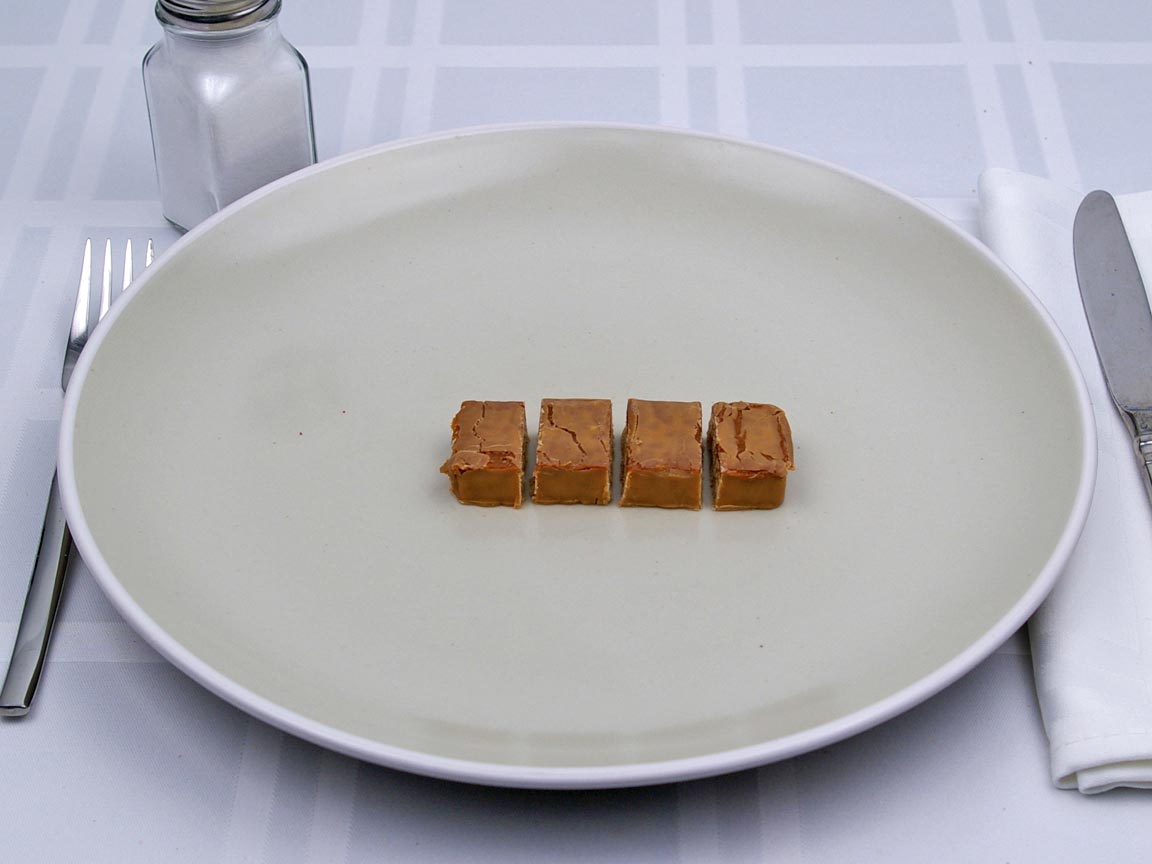
Balance Bar - Peanut Butter Crisp
(75% similar)
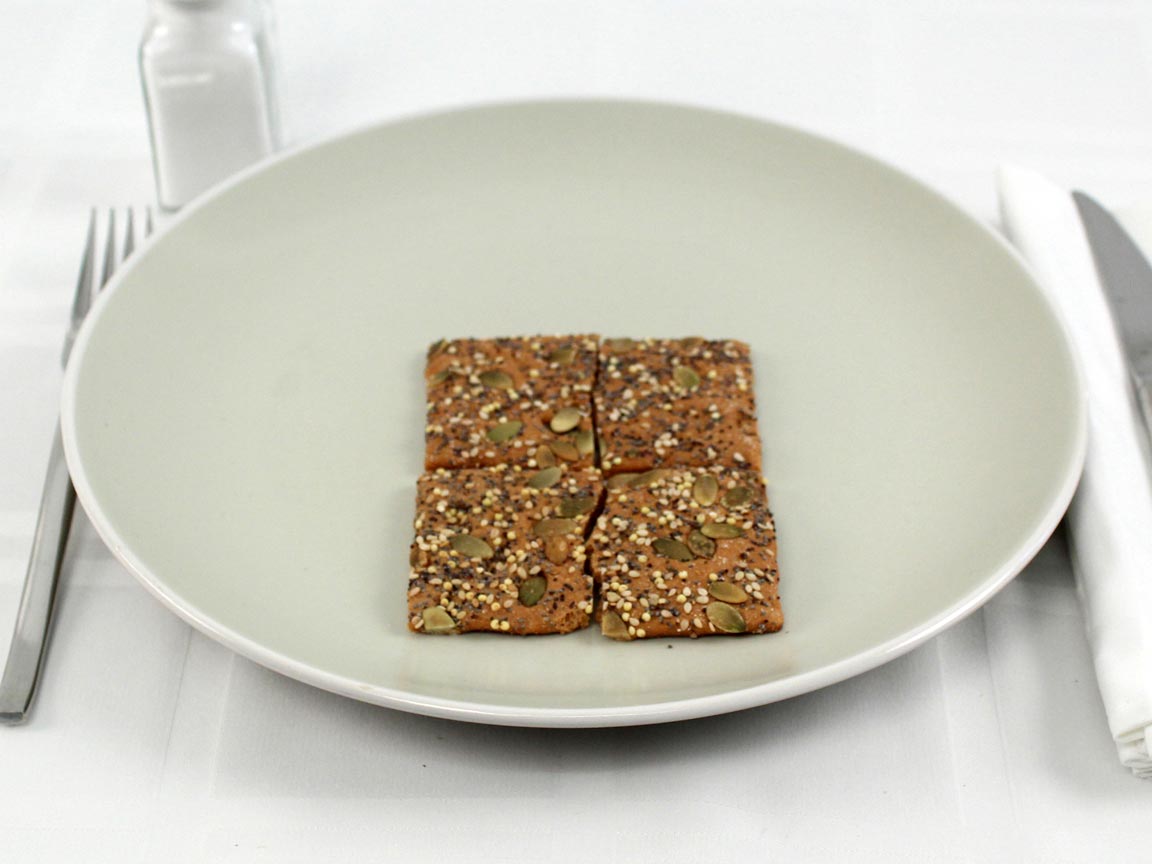
Wholegrain Flatbread
(73% similar)
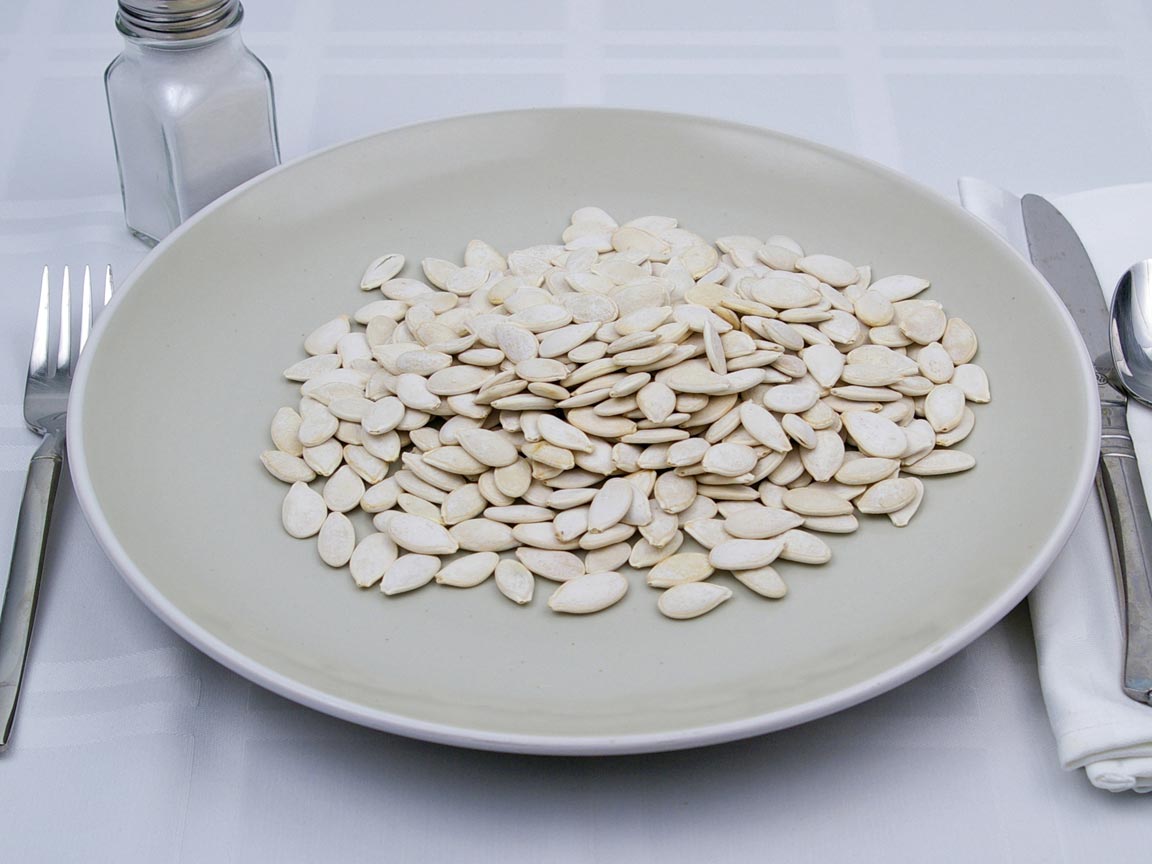
Pumpkin Seeds
(73% similar)
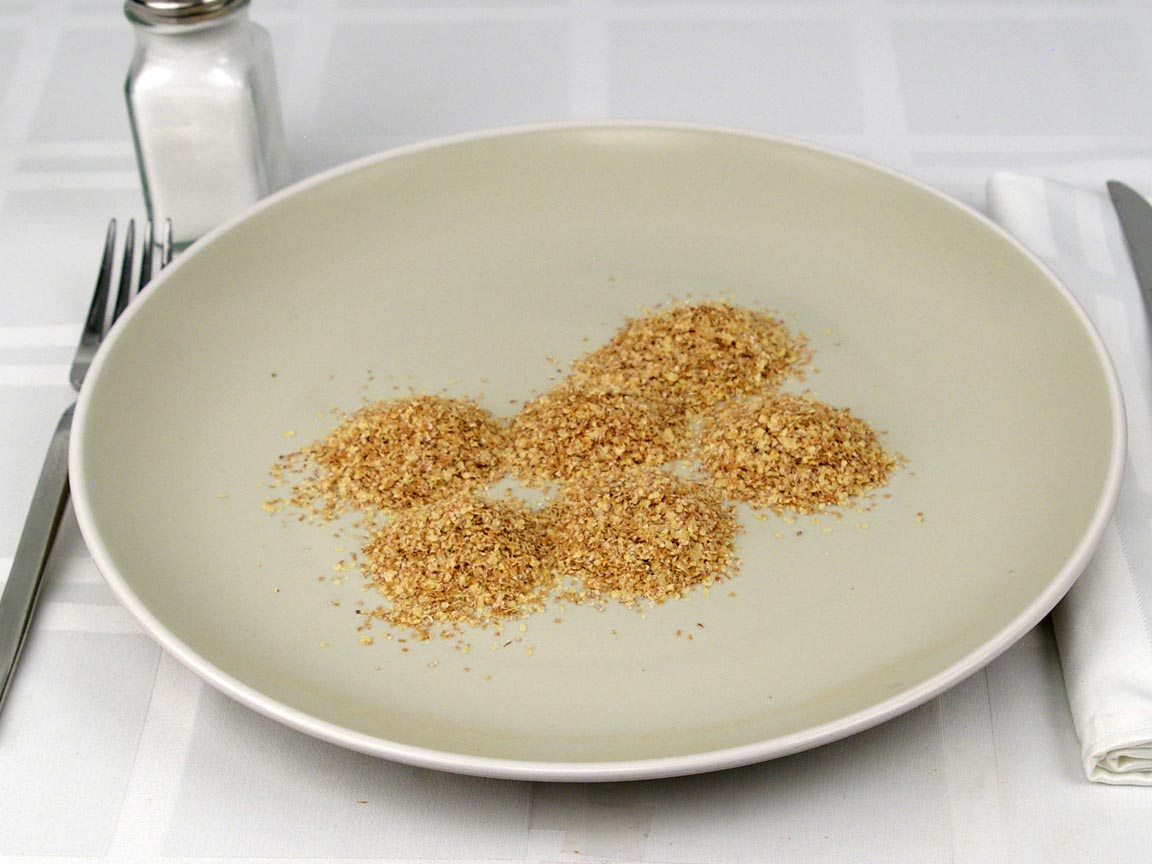
Wheat Germ
Serving Size 1.5 cup (about 129 g)
| Amount Per Serving | ||
|---|---|---|
| Calories 549 | Calories from Fat 159 | |
| % Daily Value* | ||
|
Total Fat
17 |
26 |
|
|
Saturated Fat
10 |
50 |
|
|
Trans Fat
0 |
||
|
Cholesterol
0 |
0 |
|
|
Sodium
27 |
1 |
|
|
Total Carbohydrate
74 |
25 |
|
|
Dietary Fiber
47 |
188 |
|
|
Sugars
2 |
||
|
Protein
25 |
||
* Percent Daily Values are based on a 2,000 calorie diet. Your daily values may be higher or lower depending on your calorie needs.
Available portions
Food analysis
High In Fiber
Junk Food
Bad Fat Source
High Calorie Density
There is 549 calories in 129 grams of Cocoa, dry powder, unsweetened.
With 421 calories per 100 grams, this food would be considered a High calorie density food.
Be carefull, High calorie density food tends to add up calories quickly and you should be carefull with your portion size if you are trying to lose weight.
Cocoa, dry powder, unsweetened is High in carbohydrates, Medium in proteins and Medium in fats. You can look at the macronutrients graph below for a detailed ratio.
With a High quantity of fibers and a Low quantity of sugars, this usually indicates that it is a good choice of carbohydrates.
This item has High quantity of carbohydrates and fats. This combinasion is usually indicating that you should stay away from this food labeled as "Junk Food".
With 20 grams of "Net carbohydrates" per 100 grams,
it not safe to consume if you are following a Keto or Ketosis diet.
Related Searches
dry
powder
unsweetened
cocoa
Macronutrients split
54.2% Carbohydrates
27.8% Fats
Nutrients and how much we eat of it play an important role on our health and body composition. To learn more on theses, check our blog posts on Proteins, Carbohydrates and Fats.